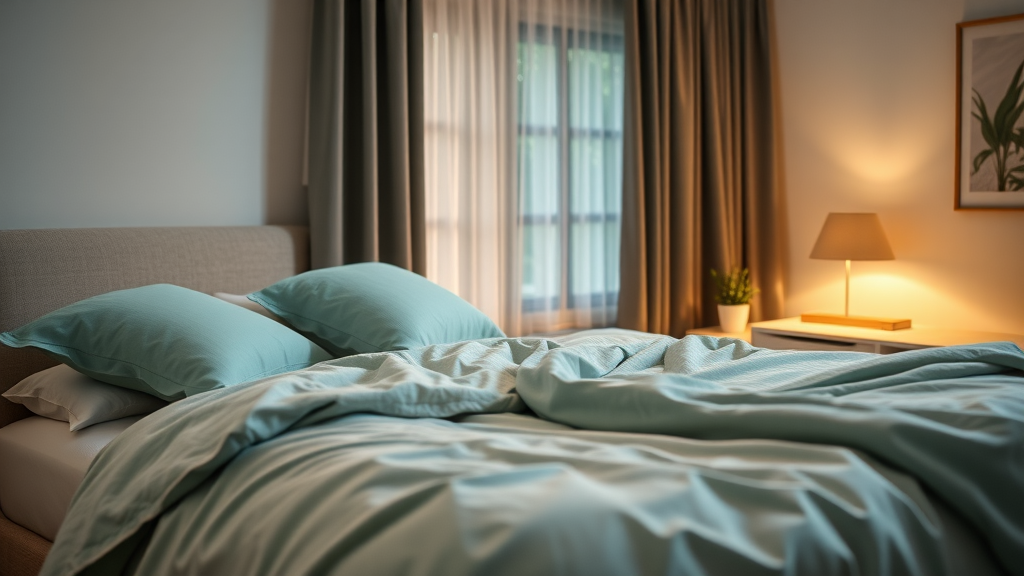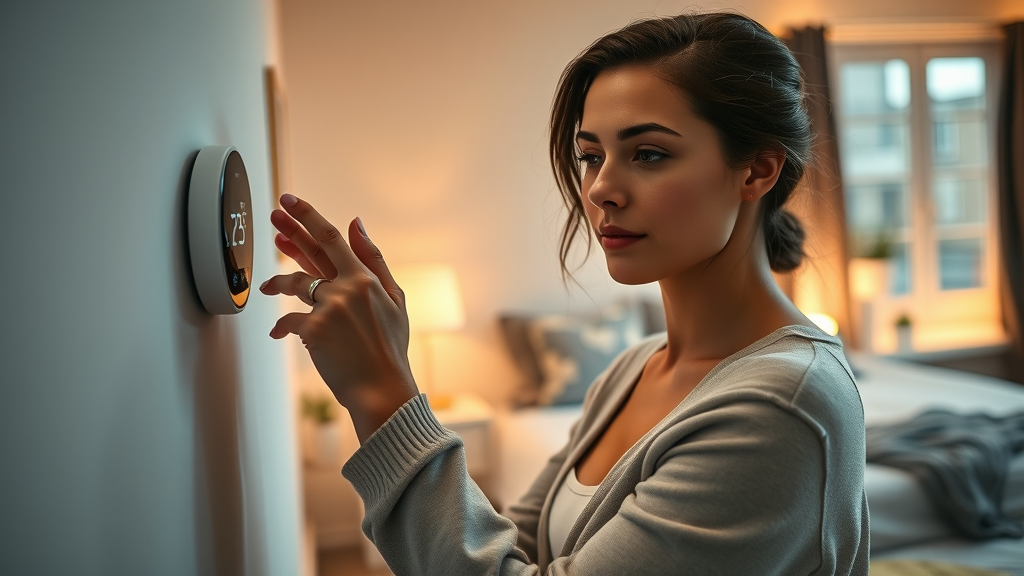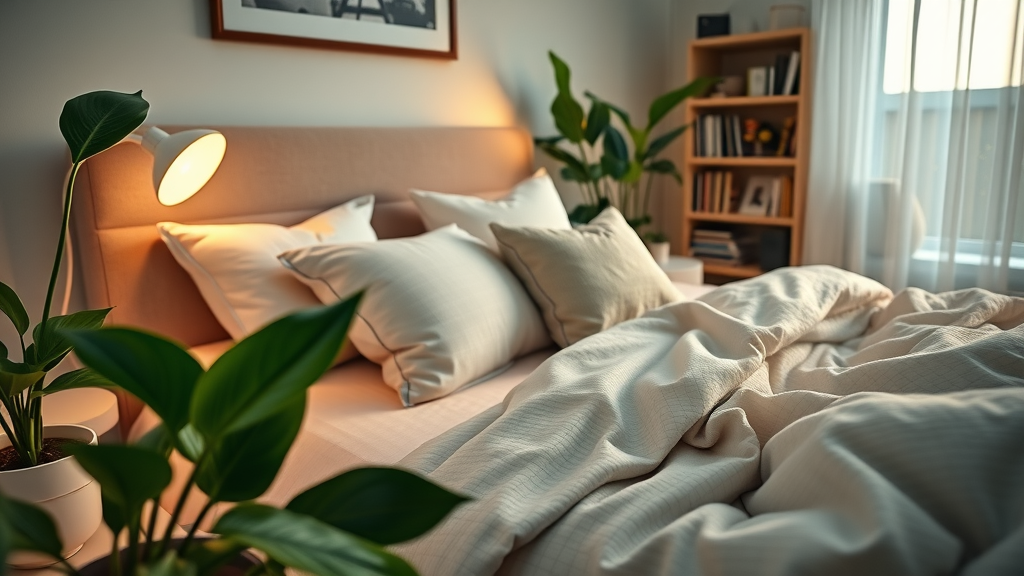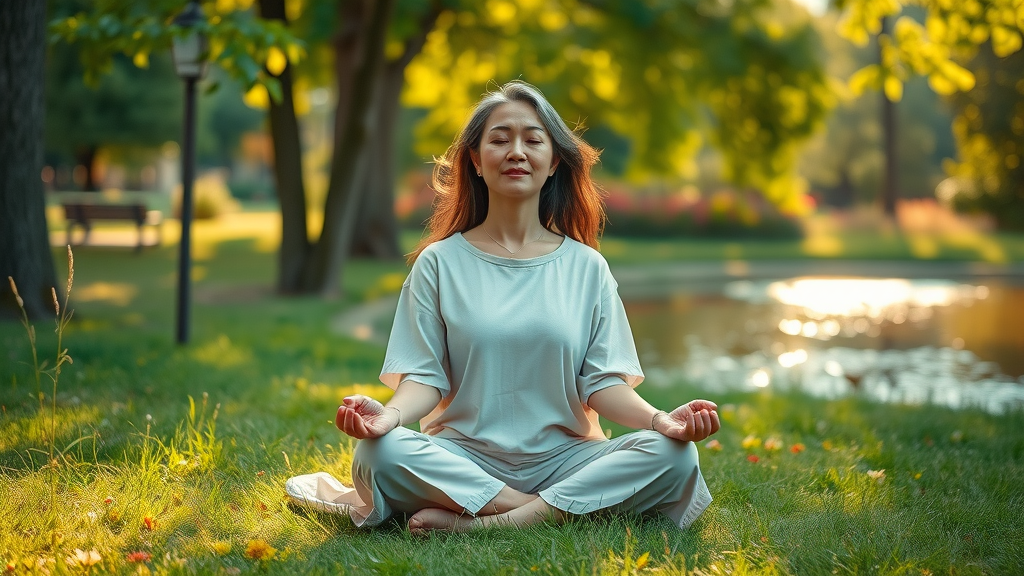Are you tossing and turning at night, wondering why restful sleep feels elusive? Your sleep environment might be the hidden culprit! In "Is Your Sleep Environment Sabotaging Your Rest? Find Out!" we dive into the crucial elements that shape your nightly sanctuary. From lighting and noise to temperature and comfort, mastering these factors can transform your sleep quality. Join us as we uncover practical tips and insights that can lead to rejuvenating slumber, helping you wake up refreshed and ready to conquer the day!
Understanding the Sleep Environment
What is a Sleep Environment?
A sleep environment refers to the physical and psychological conditions in which you sleep. This includes factors such as the bed, bedding, room temperature, noise levels, and even the colors and decor of your bedroom. A well-optimized sleep environment can significantly enhance your ability to fall asleep and stay asleep, leading to better overall health and well-being.
Components of a Healthy Sleep Environment
To create a healthy sleep environment, consider the following components:
- Comfortable Bedding: Invest in a quality mattress and pillows that support your preferred sleeping position.
- Optimal Temperature: The ideal room temperature for sleep is typically between 60-67°F (15-19°C).
- Lighting: Use blackout curtains to block out light and consider using warm-colored lights in the evening.
- Noise Control: Minimize disruptive sounds with soundproofing or white noise machines.
- Cleanliness: Regularly wash your bedding and declutter your space to reduce allergens like dust mites.
Identifying a Poor Sleep Environment
Signs of a Poor Sleep Environment
Recognizing the signs of a poor sleep environment is crucial for improving your sleep quality. Common indicators include:
- Difficulty falling asleep or staying asleep.
- Frequent awakenings during the night.
- Feeling tired or unrested upon waking.
- Increased irritability or difficulty concentrating during the day.
Common Sleep Environment Mistakes
Many people unknowingly make mistakes that hinder their sleep. Here are some common pitfalls:
- Using electronic devices before bed, exposing yourself to blue light.
- Keeping the bedroom too warm or too cold.
- Allowing noise from outside or other rooms to disrupt sleep.
- Not investing in a quality mattress or bedding.
The 10-3-2-1-0 Sleep Rule
Understanding the 10-3-2-1-0 Sleep Rule
The 10-3-2-1-0 sleep rule is a simple guideline to help you prepare for a good night's sleep:
- 10 hours before bed: No more caffeine.
- 3 hours before bed: No more food.
- 2 hours before bed: No more work.
- 1 hour before bed: No more screens.
- 0: No more distractions in your sleep environment.
How to Implement the 10-3-2-1-0 Sleep Rule
To effectively implement the 10-3-2-1-0 rule, start by setting a consistent bedtime. Gradually adjust your evening routine to align with the guidelines. For instance, if you usually have coffee in the evening, try switching to herbal tea. Create a calming pre-sleep ritual that includes activities like reading or meditating to signal to your body that it's time to wind down.
Optimizing Your Sleep Environment
Lighting: The Key to a Restful Night
Lighting plays a crucial role in your sleep environment. Exposure to bright lights, especially blue light from screens, can disrupt your circadian rhythm. To optimize your lighting:
- Use dim, warm lights in the evening.
- Install blackout curtains to block outside light.
- Consider using a sleep mask to further eliminate light exposure.
Noise Control for Better Sleep
Noise can significantly impact your ability to fall and stay asleep. To create a quieter sleep environment:
- Use white noise machines or apps to drown out disruptive sounds.
- Consider earplugs if you live in a noisy area.
- Seal windows and doors to minimize outside noise.
Temperature and Comfort: Finding the Right Balance
Maintaining an optimal temperature is essential for a good night's sleep. A room that is too hot or too cold can lead to discomfort and restless nights. Aim for a temperature between 60-67°F (15-19°C) and consider using fans or air conditioning during warmer months. Additionally, invest in breathable bedding materials that help regulate body temperature.
Practical Tips for a Better Sleep Environment
Creating a Sleep-Friendly Bedroom
Transform your bedroom into a sanctuary for sleep by following these tips:
- Keep your bedroom clean and clutter-free.
- Use calming colors in your decor, such as soft blues or greens.
- Incorporate plants to improve air quality and create a tranquil atmosphere.
Using Technology Wisely in Your Sleep Environment
While technology can disrupt sleep, it can also enhance your sleep environment when used wisely. Consider using:
- Smart lighting systems that adjust to your sleep schedule.
- Apps that track your sleep patterns and provide insights.
- Devices that monitor room temperature and humidity levels.
FAQs about Sleep Environment
What is a sleep environment?
A sleep environment encompasses all the physical and psychological factors that affect your ability to sleep, including your bedroom setup, noise levels, and lighting.
What is a poor sleep environment?
A poor sleep environment is characterized by factors that disrupt sleep, such as excessive noise, uncomfortable bedding, inappropriate lighting, and an unsuitable room temperature.
Why do I wake up at 4am and can't get back to sleep?
Waking up at 4am can be caused by various factors, including stress, anxiety, or an uncomfortable sleep environment. It may also be related to your body's natural circadian rhythms.
Key Takeaways
Creating an optimal sleep environment is essential for achieving quality rest. Key takeaways include:
- Invest in comfortable bedding and a suitable mattress.
- Control lighting and noise levels to promote better sleep.
- Maintain an optimal room temperature for comfort.
- Follow the 10-3-2-1-0 sleep rule to prepare for restful nights.
Conclusion
In conclusion, your sleep environment plays a pivotal role in your overall sleep quality. By understanding the components of a healthy sleep environment and making necessary adjustments, you can significantly improve your ability to fall asleep and stay asleep. Prioritize creating a calming, comfortable space that promotes relaxation, and you'll be well on your way to achieving the restful sleep you deserve.
What You'll Learn
In this article, you will learn about the importance of your sleep environment, how to identify poor conditions, and practical tips for optimizing your space for better sleep. For additional insights on enhancing your sleep quality, check out our article on biohacking techniques for energy boost.
Video Section 1
Watch our video on how to create the ideal sleep environment for restful nights.
Video Section 2
Check out our expert tips on optimizing your bedroom for better sleep quality.





 Add Row
Add Row  Add Element
Add Element 



Write A Comment